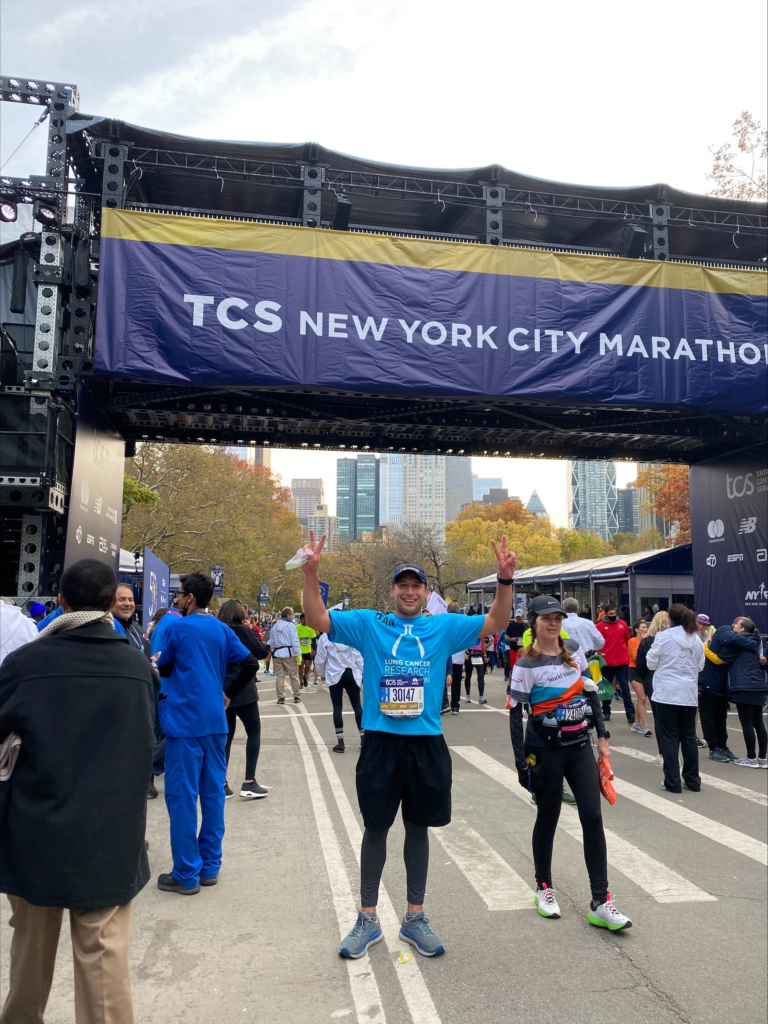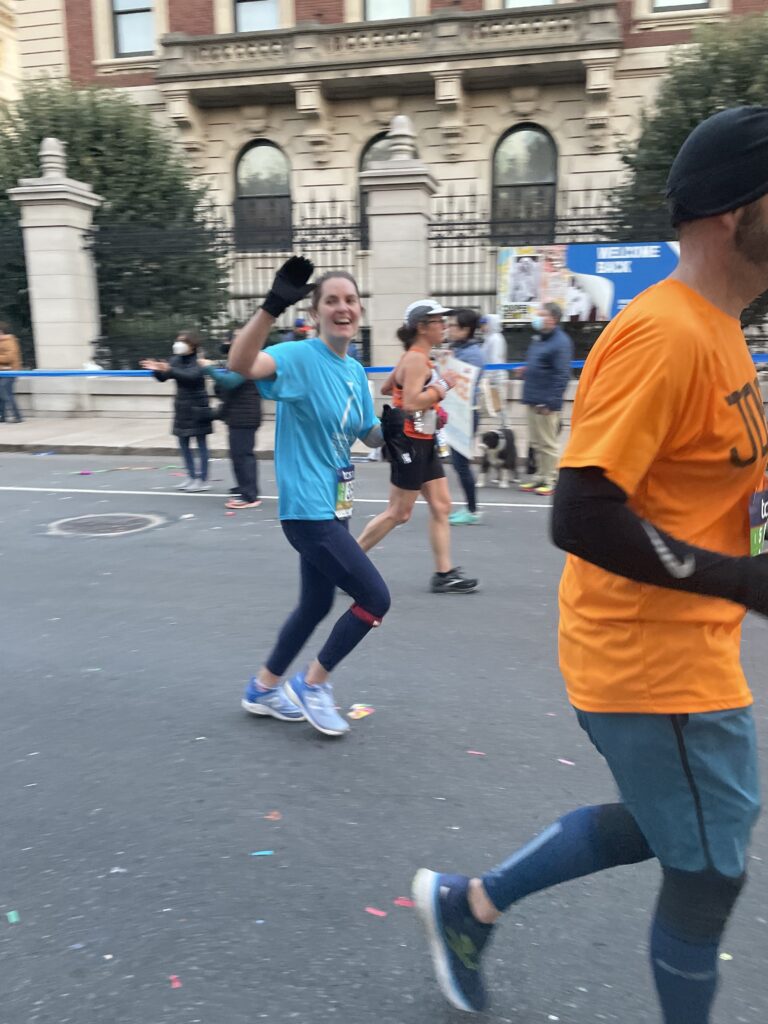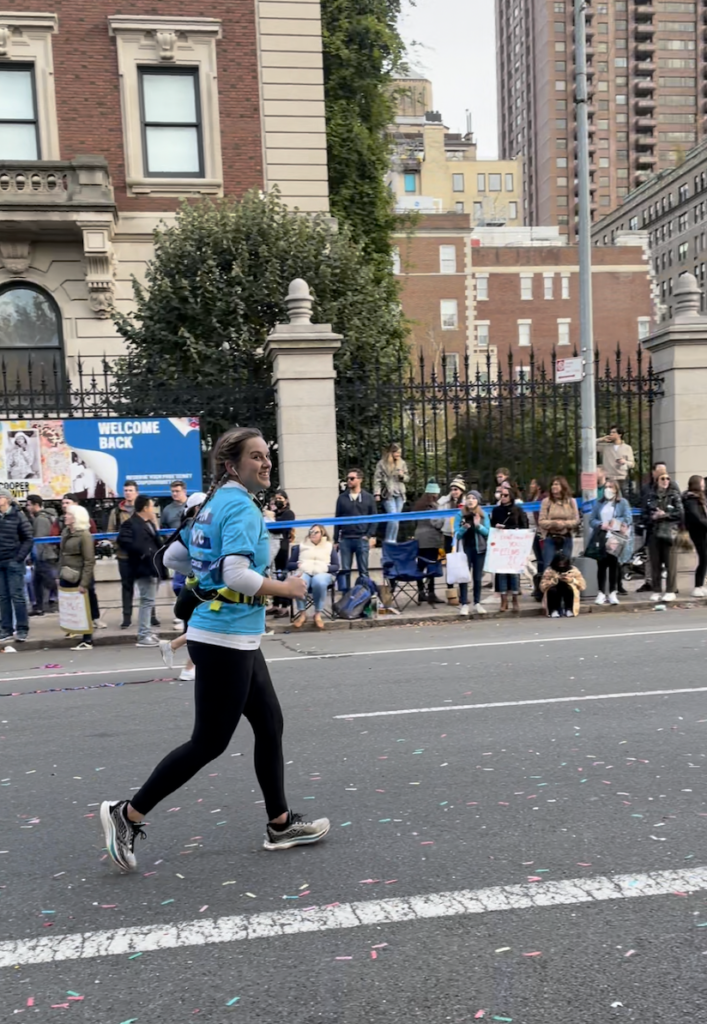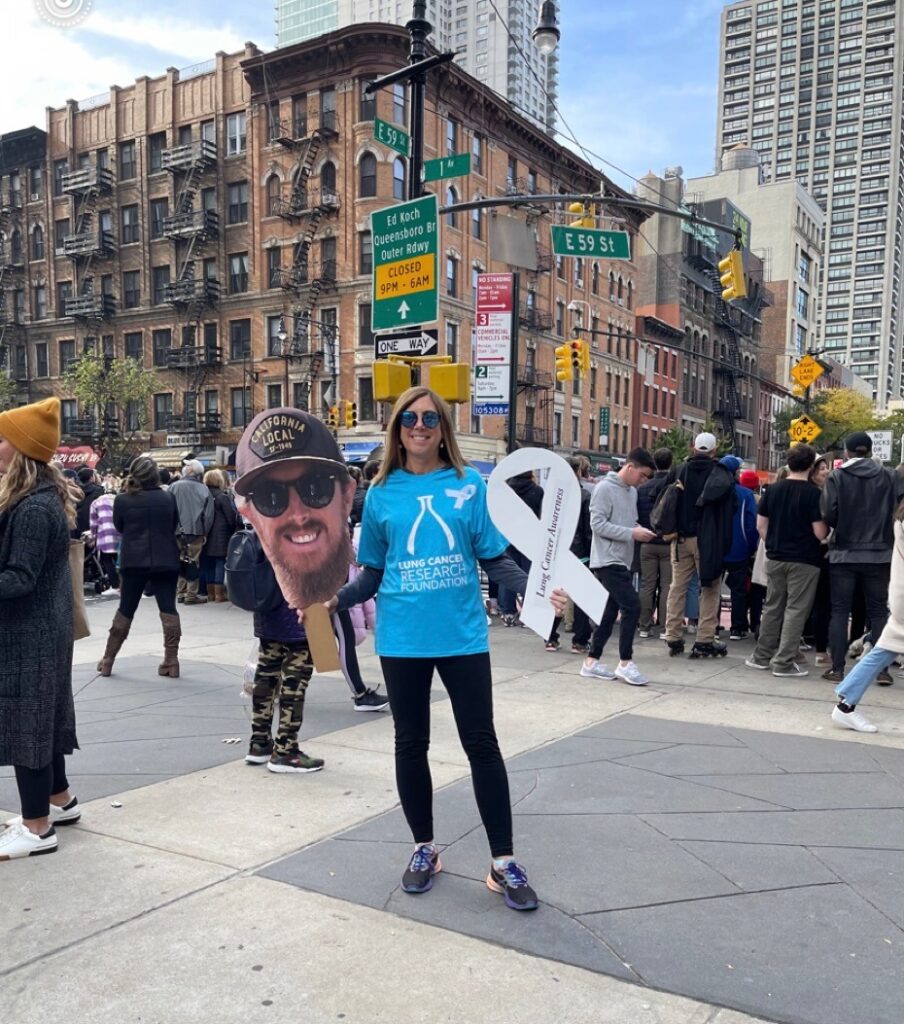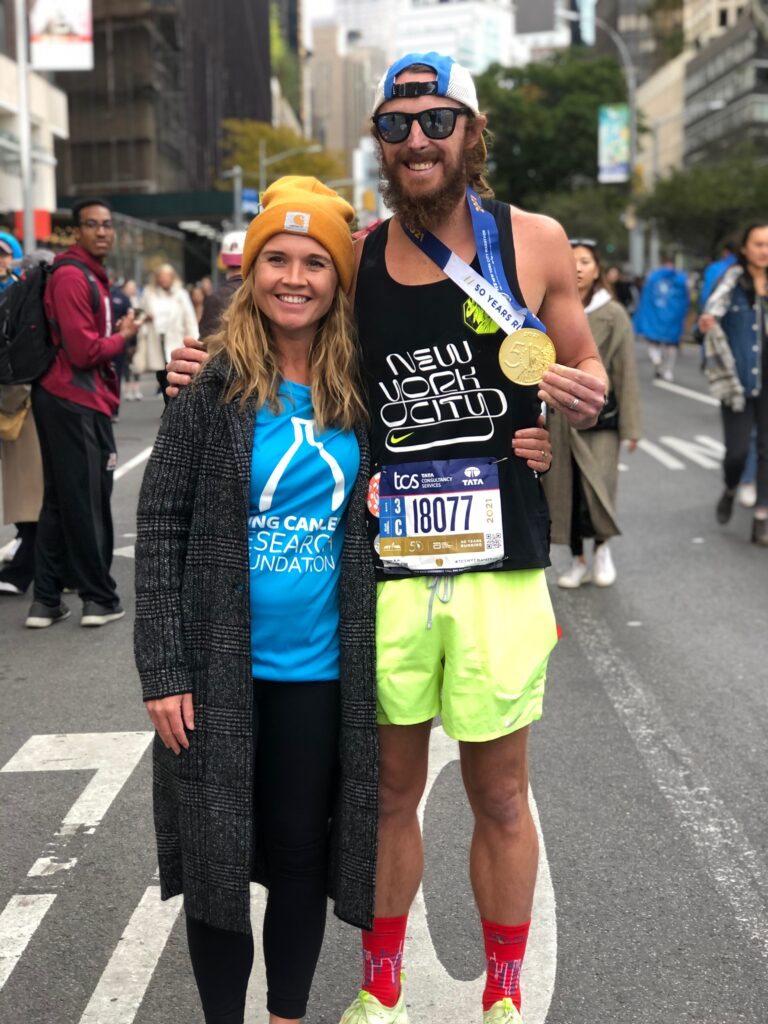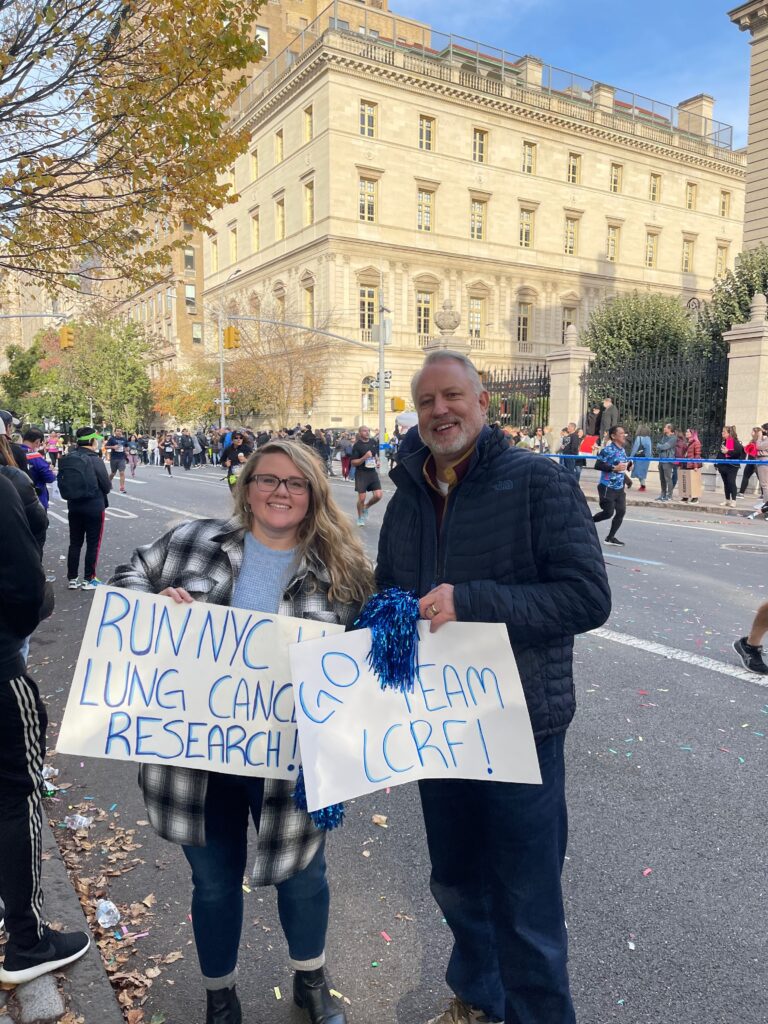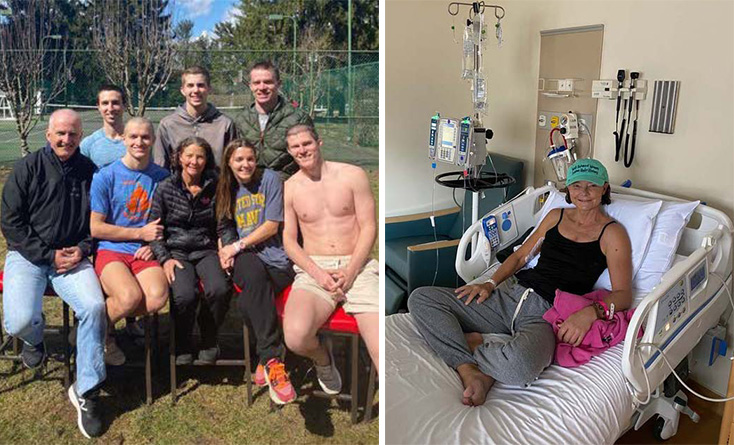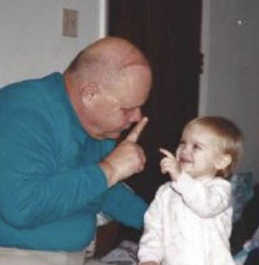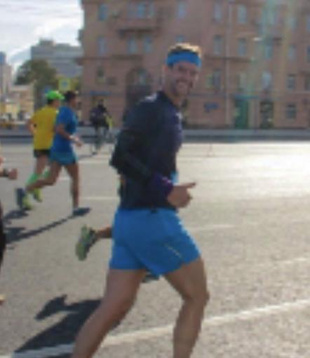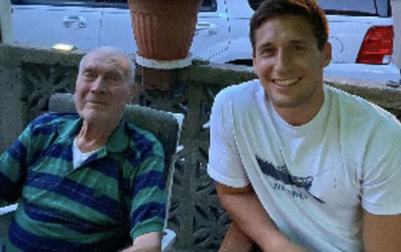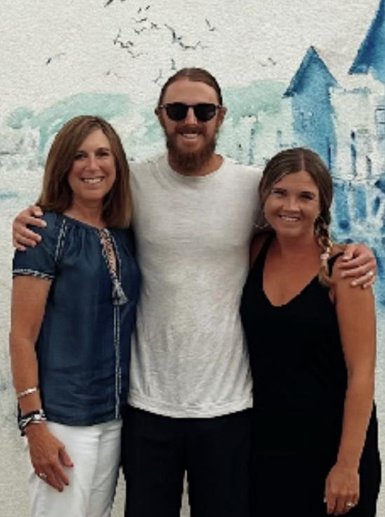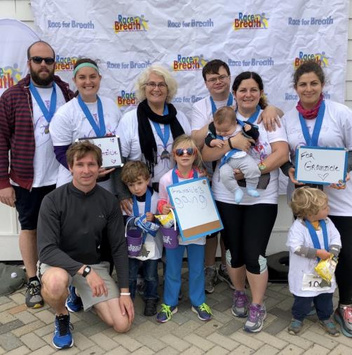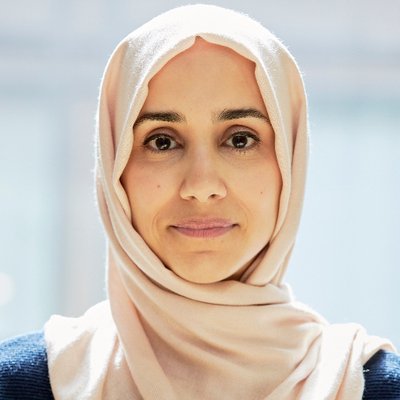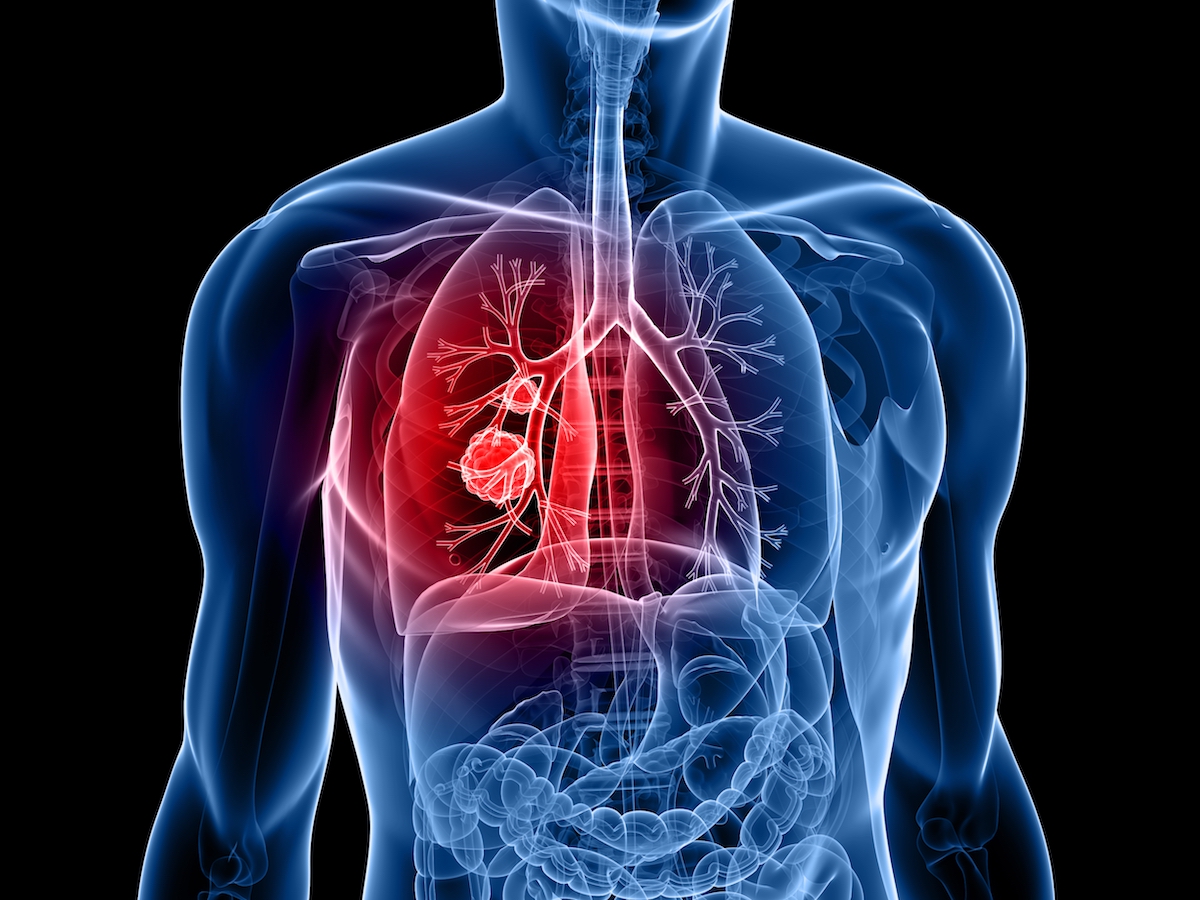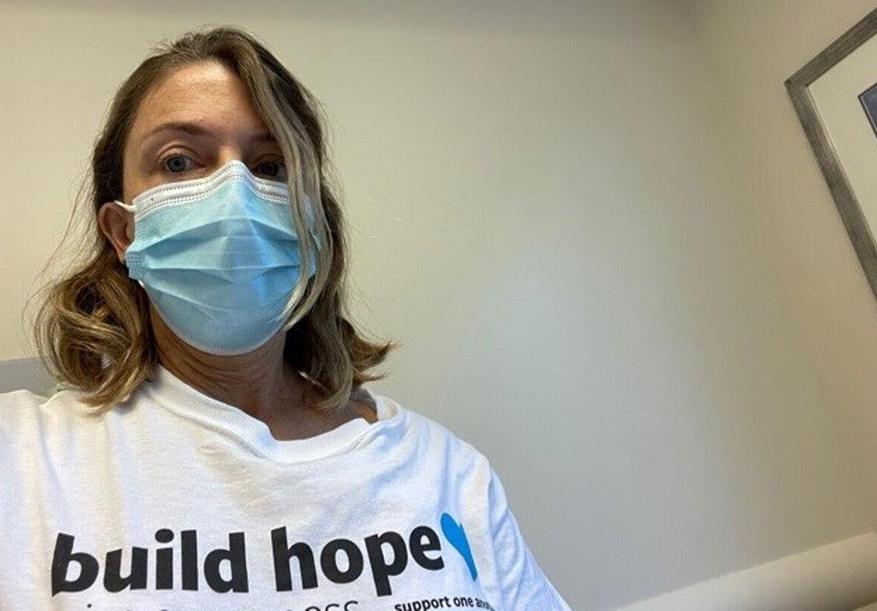$900,000 in research grants focused on EGFR, immuno-oncology and drug resistance awarded
NEW YORK, NY (November 18, 2021) – The Lung Cancer Research Foundation (LCRF) and AstraZeneca (AZ) have announced five research grant awards focused on understanding epidermal growth factor receptor (EGFR) inhibitor and immunotherapy resistance, totaling $900,000; giving each project $180,000 over a two-year period.
Lung cancer is currently the number one cause of cancer death both in the U.S. and globally among both men and women. An estimated 625 new cases are diagnosed in the U.S. every day. As research funding grows, new treatments become available and survival rates improve. For some lung cancer patients, one promising treatment option is the rapidly evolving use of targeted therapies, which employs drugs that interfere with specific molecules involved in the growth, progression, and spread of cancer. Patients with non-small-cell lung cancer (NSCLC), the most common of lung cancers, whose tumors have been identified as having the EGFR mutation, frequently benefit from treatment with EGFR tyrosine kinase inhibitors (TKIs). As such, prospective identification of EGFR mutations and other specific tumor biomarkers is now the standard of care worldwide. However, acquired therapeutic resistance to these agents invariably develops. Immune checkpoint inhibitors are another class of agents that have transformed lung cancer treatment. However, primary and acquired resistance are a challenge with these therapies, too. These research studies focus on overcoming and preventing primary and acquired resistance to TKIs and developing more effective approaches to addressing disease progression in patients treated with immune checkpoint inhibitors. These studies will help advance scientific knowledge and treatment of lung cancer.
“LCRF is grateful to be partnering with AstraZeneca, who continues to be a generous supporter of our mission,” said Katerina Politi, PhD, Chair, LCRF Scientific Advisory Board. “The specific focus of this grant program is to study treatment resistance and how that resistance may be overcome or prevented, addressing this very important issue for the many patients who are undergoing treatment. We are excited to award this year’s grants and follow the progress of the projects.”
“AstraZeneca is delighted to collaborate with LCRF, and we congratulate this year’s awardees. It is our hope that findings from these studies will inform not only AstraZeneca’s goal to increase survival rates and improve quality of life for people with lung cancer but will be helpful to push the limits in this area of research. We look forward to the outcomes of these projects,” said Nataliya Trunova, Global Medical Affairs, Head of Immuno-Oncology Lung Cancer at AstraZeneca.
2021 LCRF-AstraZeneca Resistance Grant award recipients include:

Justin Jee, MD, PhD
Memorial Sloan Kettering Cancer Center
Subclone Capture Sequencing to Guide Combination Therapy and Improve Osimertinib Response

Lingtao Jin, PhD
University of Florida
Targeting tumor-immune microenvironment to improve durvalumab efficacy in small cell lung cancer
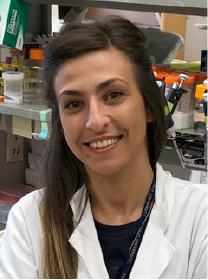
Giorgia Foggetti, PhD
Università Vita-Salute San Raffaele
Dissecting the Role of the KEAP1 Pathway in Mediating Therapeutic Sensitivity in EGFR-Driven Lung Adenocarcinoma
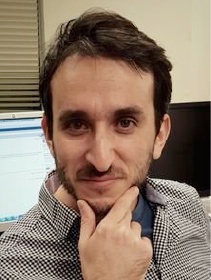
Lior Golomb, PhD
Dana-Farber Cancer Institute
Investigating the ER Acetyl-CoA transporter as a putative metabolic dependency of mutant EGFR lung cancer

Antja-Voy Hartley, PhD
Dana-Farber Cancer Institute
Targeting YAP/TEAD bypass activation in Osimertinib-induced drug tolerant cells: a strategy to overcoming tumor recurrence and therapeutic resistance in EGFR-mutant non-small cell lung cancers
To learn more about LCRF and its grants program, visit LCRF.org
To learn more about AstraZeneca, visit astrazeneca.com
# # #


